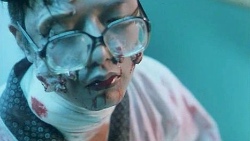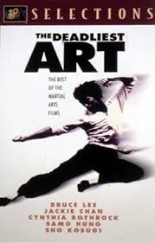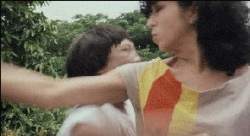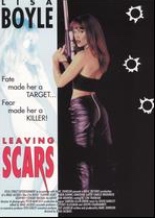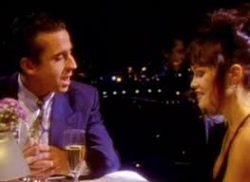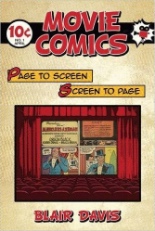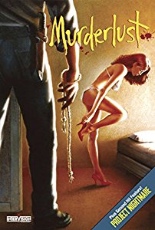
 Security guard Steve Belmont (Eli Rich, The Jigsaw Murders) possesses MurderLust in his heart. The Sunday school teacher has a hobby of hiring hookers, but he only gets his rocks off by strangling them. Then he dumps their dead bodies off a desert cliff, eventually earning him the TV-news nickname of “the Mojave Murderer” — once the cops discover the spot, nine corpses (and untold vultures and flies) later. Steve seems not too terribly anxious about this development; he has bigger worries in ditching his check-seeking landlord.
Security guard Steve Belmont (Eli Rich, The Jigsaw Murders) possesses MurderLust in his heart. The Sunday school teacher has a hobby of hiring hookers, but he only gets his rocks off by strangling them. Then he dumps their dead bodies off a desert cliff, eventually earning him the TV-news nickname of “the Mojave Murderer” — once the cops discover the spot, nine corpses (and untold vultures and flies) later. Steve seems not too terribly anxious about this development; he has bigger worries in ditching his check-seeking landlord.
From the five-time team of director Donald M. Jones and writer/producer James C. Lane (Housewife from Hell), MurderLust meanders around with little aim, yet, like Steve himself, acts like it knows what it’s doing. Steve appears to make moves toward normalcy, as he accepts a janitorial job at the grocery store run by his uptight cousin (Dennis Gannon, Jones/Lane’s Evil Acts) and romances a super-cute blonde (Rochelle Taylor) from church … but only because he was thwarted in killing her first.
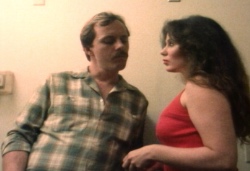 While they know not of Steve-o’s predilection for prostitutes, we sure do, and the joy of the film is in seeing him somehow pull off this charade while acting like a grade-A asshole to damn near everybody. Rich gives a real performance here, if not a terribly nuanced one — certainly stronger than the average VHS shocker ever asked for or deserved. Primarily (but not exclusively) for that reason, MurderLust is an above-average example of its kind: a lumbering, semi-lovable goof of a movie that keeps most of its carnage out of sight and its purpose to entertain on the cheap thoroughly in check. —Rod Lott
While they know not of Steve-o’s predilection for prostitutes, we sure do, and the joy of the film is in seeing him somehow pull off this charade while acting like a grade-A asshole to damn near everybody. Rich gives a real performance here, if not a terribly nuanced one — certainly stronger than the average VHS shocker ever asked for or deserved. Primarily (but not exclusively) for that reason, MurderLust is an above-average example of its kind: a lumbering, semi-lovable goof of a movie that keeps most of its carnage out of sight and its purpose to entertain on the cheap thoroughly in check. —Rod Lott


 In Hong Kong’s kung-fu-free horror comedy
In Hong Kong’s kung-fu-free horror comedy 